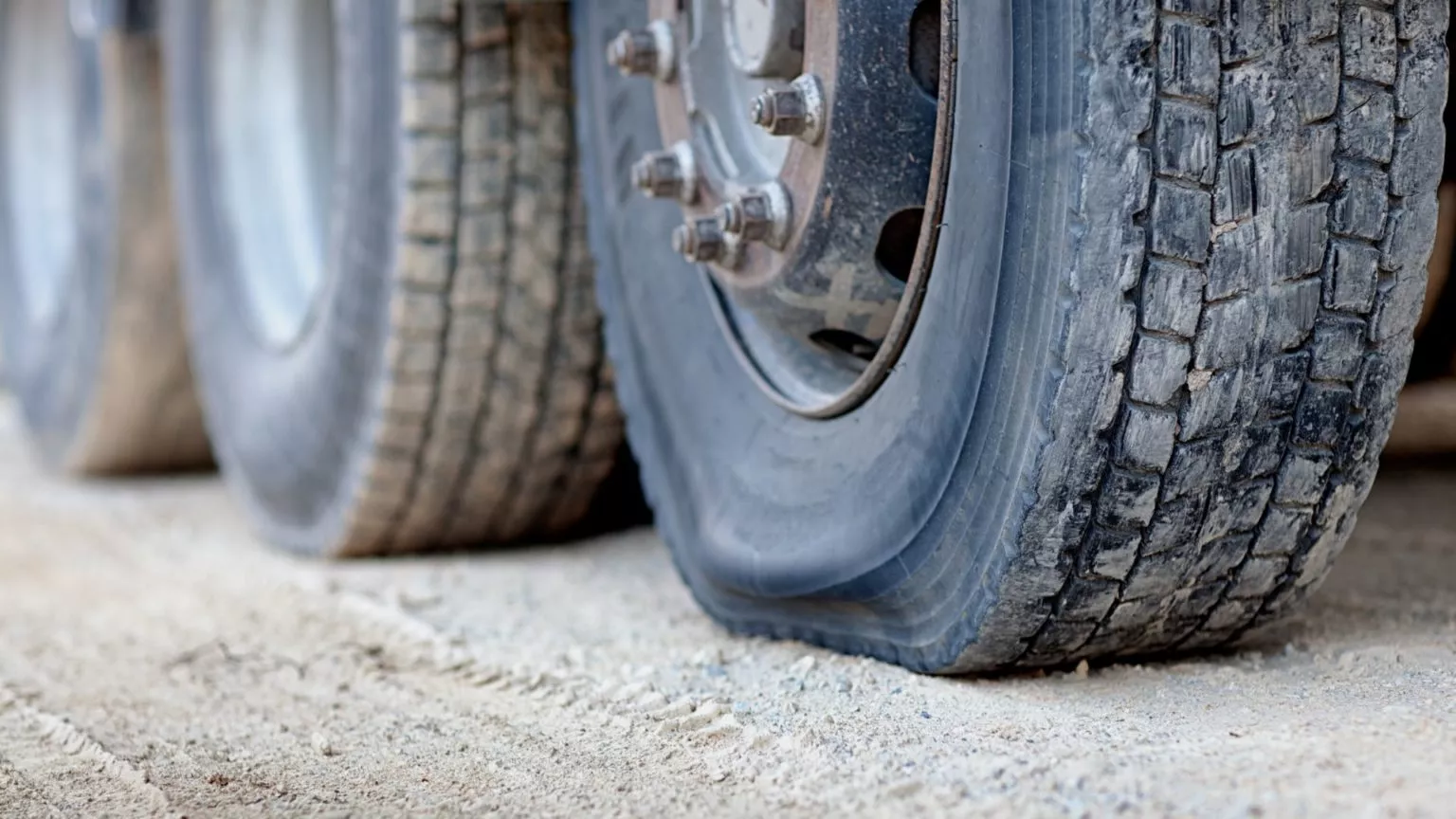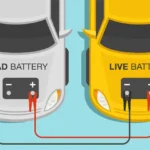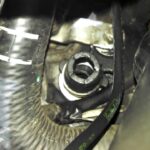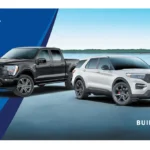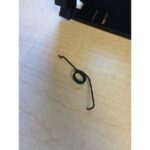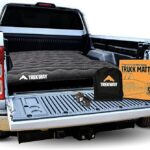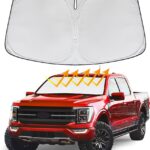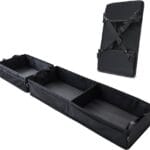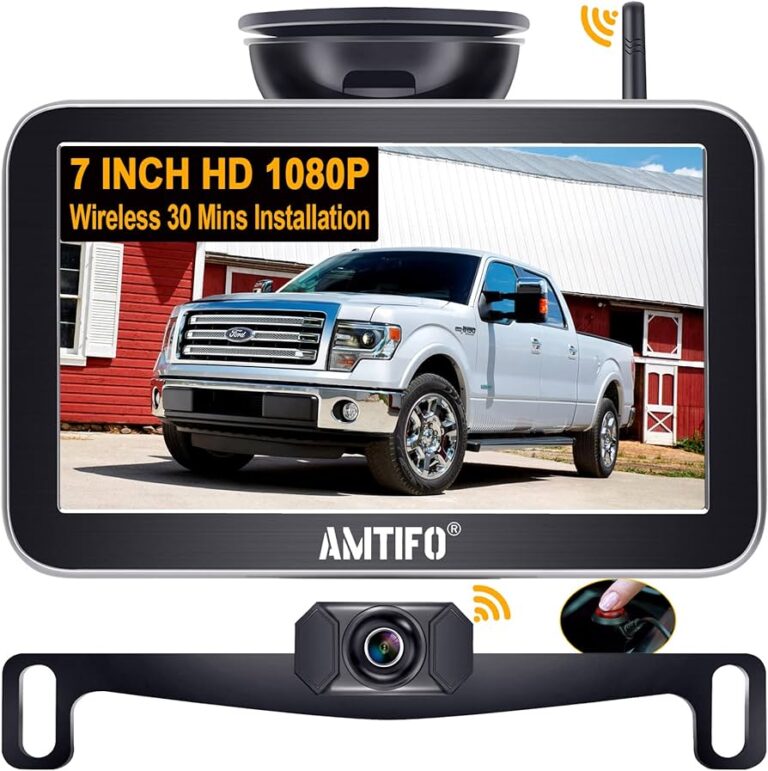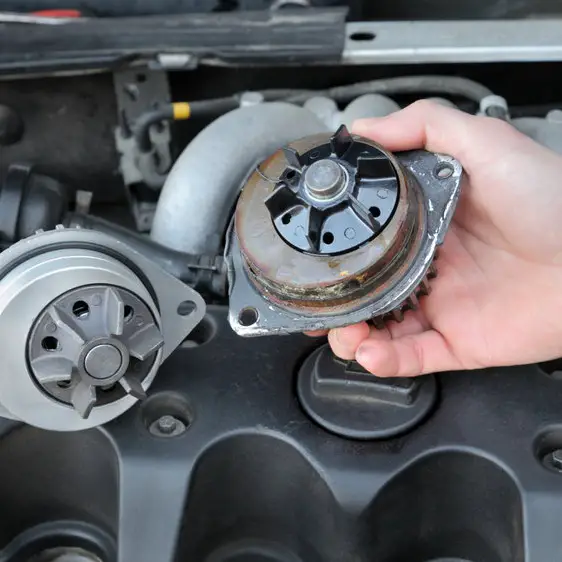What Are the Flaps Behind Truck Tires: The Untold Secrets
The flaps behind truck tires, often called mud flaps or splash guards, serve to protect against road debris, minimize spray and splash in wet conditions, ensure compliance with legal regulations, and contribute to fuel efficiency. They are essential for road safety, vehicle protection, and environmental benefits.
When you’re driving down the highway and you pass a big rig, have you ever wondered about what are the flaps behind truck tires? These seemingly inconspicuous flaps play a crucial role in maintaining road safety, protecting the truck and its cargo, and even adhering to legal regulations. In this article, we’ll delve into the world of these unassuming yet significant components of a truck’s setup, exploring their purpose, types, legal requirements, and the benefits they offer. By the end, you’ll have a comprehensive understanding of why those flaps are a common sight on the road.
The Purpose of Flaps Behind Truck Tires
Protection against Road Debris
One of the primary functions of those flaps behind truck tires is to shield against road debris. As a truck barrels down the road, its massive tires kick up rocks, gravel, and other debris from the road’s surface. Without these flaps, this debris would be propelled backward, potentially causing damage to other vehicles on the road. This protection isn’t just for the benefit of fellow drivers but also for pedestrians and property along the road. Imagine the consequences of rocks being hurled at high speeds; it’s a recipe for accidents waiting to happen.
Minimizing Spray and Splash
On rainy days, these flaps serve yet another critical function. They help reduce the spray and splash created by the truck’s tires as they move through puddles and wet road surfaces. This is especially important for maintaining visibility and safety on the road, as a sudden wall of water from a passing truck can be blinding to drivers in smaller vehicles. Moreover, reducing splash can prevent water damage to the truck’s cargo and surrounding vehicles, not to mention pedestrians on the sidewalks.
Compliance with Regulations
Trucks, especially those used for commercial purposes, are subject to a plethora of regulations, and the presence of these flaps is often mandated by law. These regulations vary by jurisdiction, but they typically require the use of mud flaps or similar devices to prevent debris from being thrown into the path of other vehicles. Non-compliance can result in fines and penalties, making it essential for truck owners and operators to ensure their vehicles are equipped with these flaps.
Improving Fuel Efficiency
Believe it or not, those flaps behind truck tires can even contribute to improved fuel efficiency. By reducing air resistance and drag, especially at high speeds, these flaps help the truck overcome less resistance as it moves down the road. While the impact on fuel efficiency may not be substantial, every bit counts in the world of long-haul trucking, where even small savings in fuel costs can translate to significant financial benefits over time.
Types of Flaps
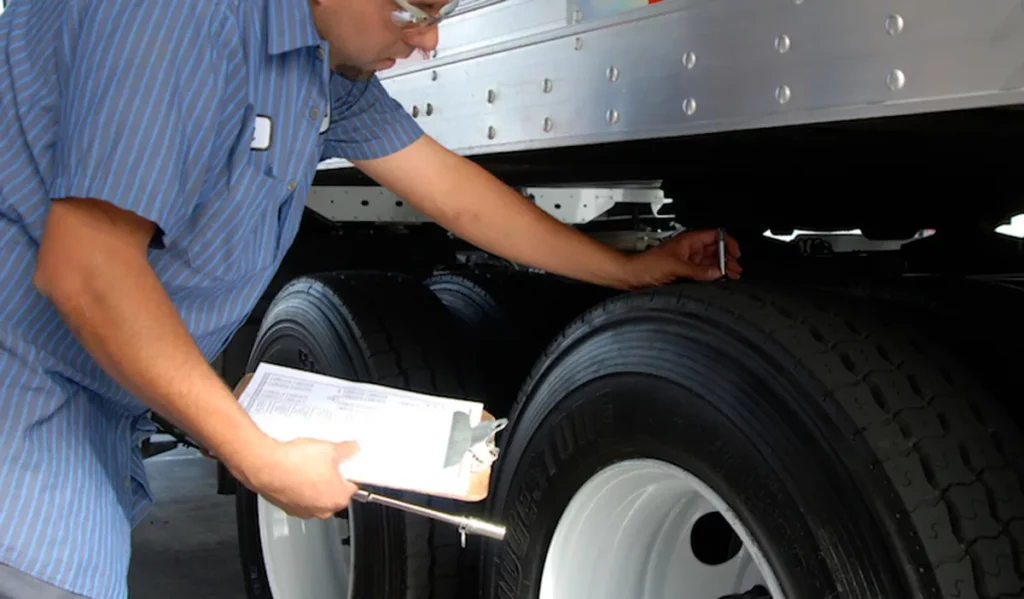
Mud Flaps
Mud flaps are the most common type of flaps found behind truck tires. They are typically made of rubber or plastic and are designed to hang behind the tires, extending down to cover a portion of the wheel well. These flaps are highly effective at preventing road debris from being thrown behind the truck.
Mud flaps come in various shapes and sizes, and some are even customized with logos or designs. However, regardless of their appearance, their primary purpose remains the same: to protect both the truck and other vehicles on the road from flying debris.
Splash Guards
Splash guards, while similar in function to mud flaps, have a different design. They are often smaller and more rigid, and they are typically positioned closer to the tire. Splash guards are particularly effective at reducing water spray in wet conditions. They may also be used in combination with mud flaps for comprehensive protection.
The choice between mud flaps and splash guards often depends on the specific needs of the truck and the conditions it regularly encounters on the road. Some trucks may even use both to ensure optimal protection.
Legal Requirements and Regulations
The use of flaps behind truck tires is not just a matter of choice; it’s a legal requirement in many jurisdictions. State and federal regulations in the United States, for example, mandate the use of these flaps for certain types of vehicles, particularly commercial trucks. These regulations are in place to ensure road safety and minimize the risk of accidents caused by flying debris.
Truck owners and operators must familiarize themselves with the specific regulations in their area and ensure compliance. Failure to do so can result in fines, penalties, and even the impoundment of the vehicle until the necessary adjustments are made.
Benefits of Flaps Behind Truck Tires
Enhanced Safety for Other Drivers
The most significant benefit of flaps behind truck tires is the enhanced safety they provide for other drivers on the road. By preventing debris from being thrown into the paths of other vehicles, these flaps reduce the risk of accidents and damage. They also help maintain clear visibility, especially during adverse weather conditions.
Protection for the Truck and Cargo
Truck owners have a vested interest in protecting their vehicles and cargo. Flaps behind the tires act as a barrier, preventing damage from road debris and water spray. Without these flaps, trucks would be more susceptible to dents, scratches, and other forms of damage, potentially leading to costly repairs and cargo losses.
Environmental Benefits
Reducing the spread of debris on the road doesn’t just benefit other vehicles; it also has environmental advantages. Fewer flying rocks and debris mean less wear and tear on road surfaces, reducing the need for frequent road repairs. Additionally, less debris on the road reduces the risk of pollutants being carried into nearby water bodies, contributing to cleaner ecosystems.
Cost Savings
From a financial perspective, investing in flaps behind truck tires can lead to significant cost savings in the long run. By avoiding fines for non-compliance with regulations and minimizing damage to the truck and cargo, truck owners can protect their bottom line. Moreover, the potential improvement in fuel efficiency, albeit modest, can add up to substantial savings over time, especially for long-haul trucking companies.
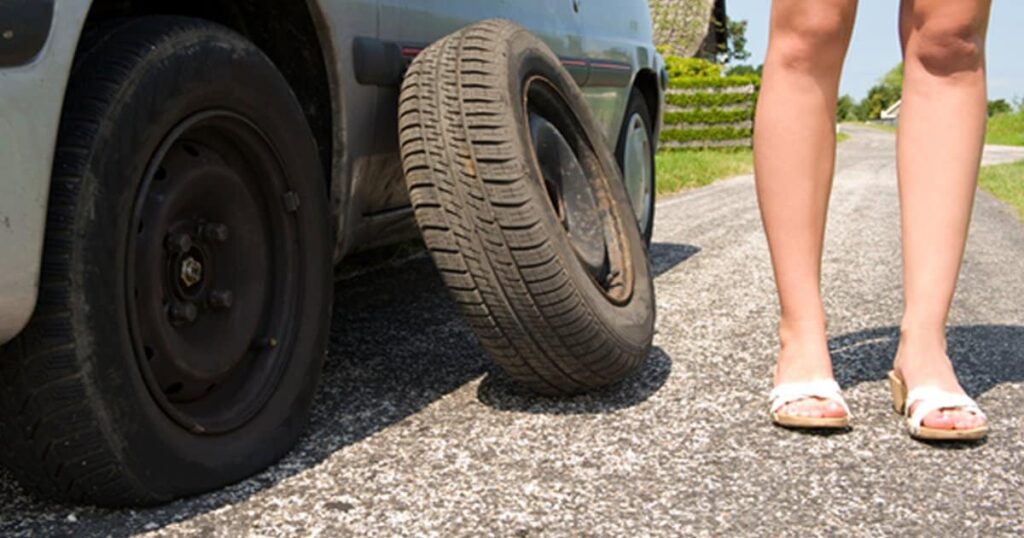
Common Maintenance Practices
Maintaining flaps behind truck tires is essential to ensure their continued effectiveness. Here are some common maintenance practices:
Cleaning and Inspection
Regular cleaning and inspection of the flaps are vital. Over time, they can accumulate dirt, mud, and debris, which can reduce their efficiency. Clean them thoroughly and inspect for any signs of damage, such as cracks or tears. Replace damaged flaps promptly to maintain their effectiveness.
Replacement Intervals
While high-quality flaps are designed to last, they are not immune to wear and tear. It’s a good practice to replace them at regular intervals, even if they appear to be in good condition. Replacement intervals can vary depending on the type of flap, the road conditions the truck encounters, and the manufacturer’s recommendations.
DIY vs. Professional Maintenance
Some truck owners may opt for do-it-yourself (DIY) maintenance, such as cleaning and basic inspections. However, for more complex tasks like flap replacement or repairs, it’s often best to seek professional assistance. Professional maintenance ensures that the flaps are installed correctly and in compliance with regulations, reducing the risk of legal issues and ensuring optimal protection.
Flaps for Specialized Vehicles
While we often associate these flaps with commercial trucks, they are not limited to this category of vehicles. Specialized vehicles, such as off-road trucks, agricultural and construction equipment, and even trailers and recreational vehicles, can benefit from the use of flaps or splash guards.
Off-Road Trucks
Off-road trucks that navigate rugged terrain can also benefit from flaps or guards. They help minimize debris thrown by the tires, protecting both the vehicle and operators from flying rocks and dirt. This protection is especially crucial in industries like mining and construction, where off-road trucks are heavily utilized.
Agricultural and Construction Equipment
Farm equipment and construction machinery often operate in dusty or muddy environments. Flaps or guards can help prevent debris and mud from being thrown onto roadways, maintaining safety and reducing the need for frequent cleanup.
Trailers and Recreational Vehicles
Trailers and recreational vehicles (RVs) towed by trucks can also benefit from these protective components. They help prevent damage to the trailer or RV and maintain visibility for the driver towing the load.
Conclusion
Those flaps behind truck tires may seem like a minor detail, but they serve a crucial role in maintaining road safety, protecting vehicles and cargo, and ensuring compliance with legal regulations. They shield against road debris, minimize spray and splash, and even contribute to fuel efficiency. Truck owners and operators should prioritize their maintenance to reap the benefits of enhanced safety and cost savings. Additionally, specialized vehicles, including off-road trucks, agricultural and construction equipment, trailers, and RVs, can also benefit from these protective measures. So, the next time you see those flaps behind a truck’s tires, you’ll know they’re not just for show—they’re an integral part of safe and responsible trucking.
FAQ:
What are the flaps at the back of truck wheels?
The flaps at the back of truck wheels are typically called mud flaps or splash guards.
Why are there flaps behind truck wheels?
Flaps are behind truck wheels to protect against road debris, reduce splash, comply with regulations, and enhance safety.
What are tire flaps for?
Tire flaps serve to shield vehicles from debris, reduce water spray, and meet legal requirements.
Why do big trucks have mud flaps?
Big trucks have mud flaps to prevent debris from being thrown onto the road, enhancing safety and complying with regulations.

